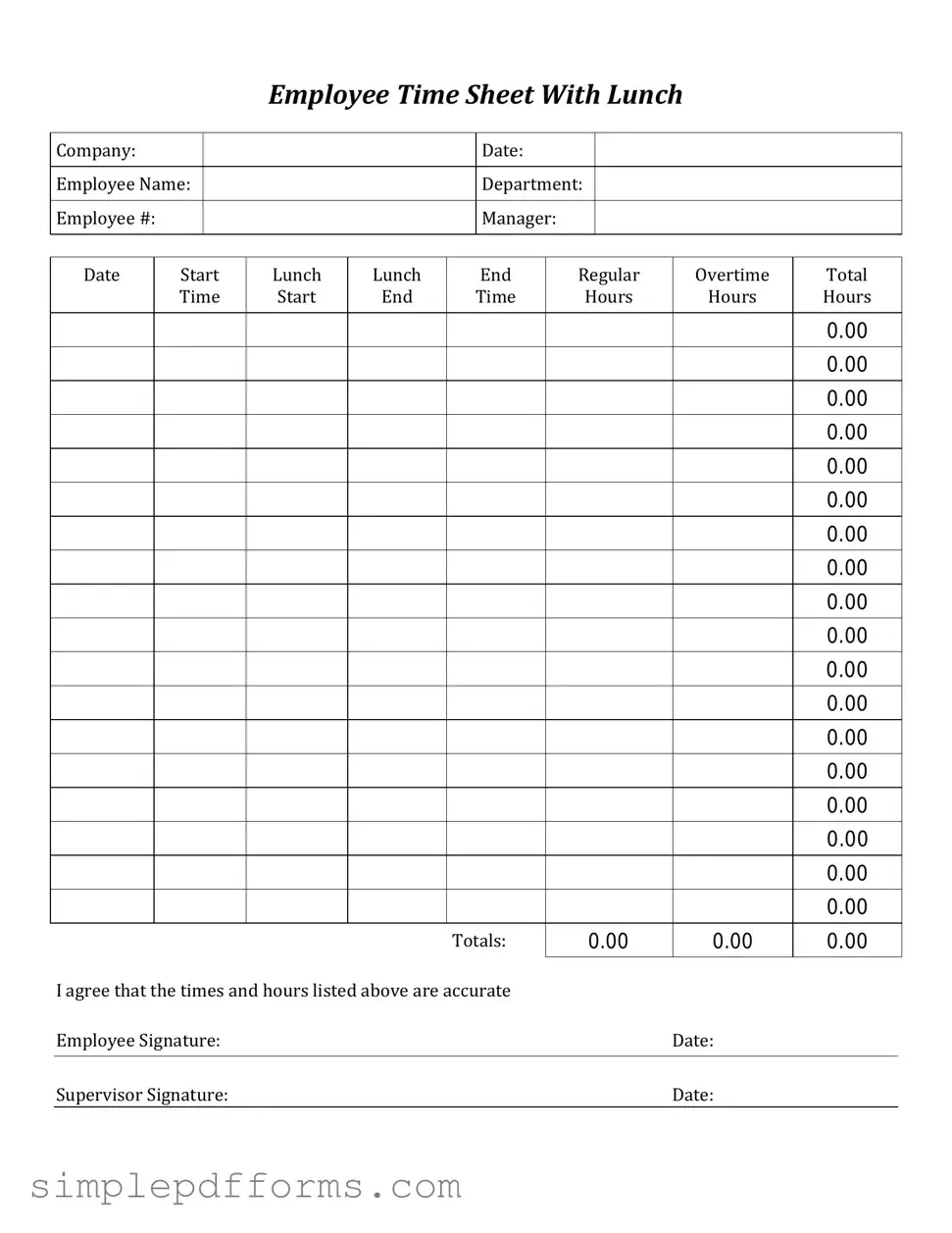Filling out a Time Card form may seem straightforward, but many people make common mistakes that can lead to errors in payroll processing. One frequent issue is failing to include all hours worked. Employees might forget to record overtime or additional hours, which can result in underpayment. Always double-check that every hour is accounted for.
Another mistake is not specifying the correct dates. Time Cards often cover specific pay periods, and entering the wrong dates can create confusion. It’s essential to ensure that the dates match the payroll schedule to avoid discrepancies.
Some individuals neglect to sign their Time Card. A signature is often required to validate the document. Without it, the form may be considered incomplete, delaying payment or causing additional administrative work.
Inaccurate calculations are another common error. When adding up hours, it’s easy to make a mistake, especially when switching between regular and overtime hours. Using a calculator or spreadsheet can help minimize errors in totaling hours.
People also sometimes forget to note breaks. Many employers require that breaks be deducted from total hours worked. Omitting this information can lead to incorrect pay calculations.
Using the wrong format for time entries is another pitfall. Some employers may prefer a 24-hour format, while others use a 12-hour format. Make sure to follow the specified format to avoid confusion.
Failing to update personal information can also create issues. If an employee changes their name or address, it’s crucial to reflect those changes on the Time Card. Outdated information can complicate payroll and tax reporting.
Lastly, submitting the Time Card late can lead to payment delays. Many companies have strict deadlines for submitting Time Cards. Missing these deadlines can result in employees not getting paid on time, so it’s important to be aware of the schedule.

